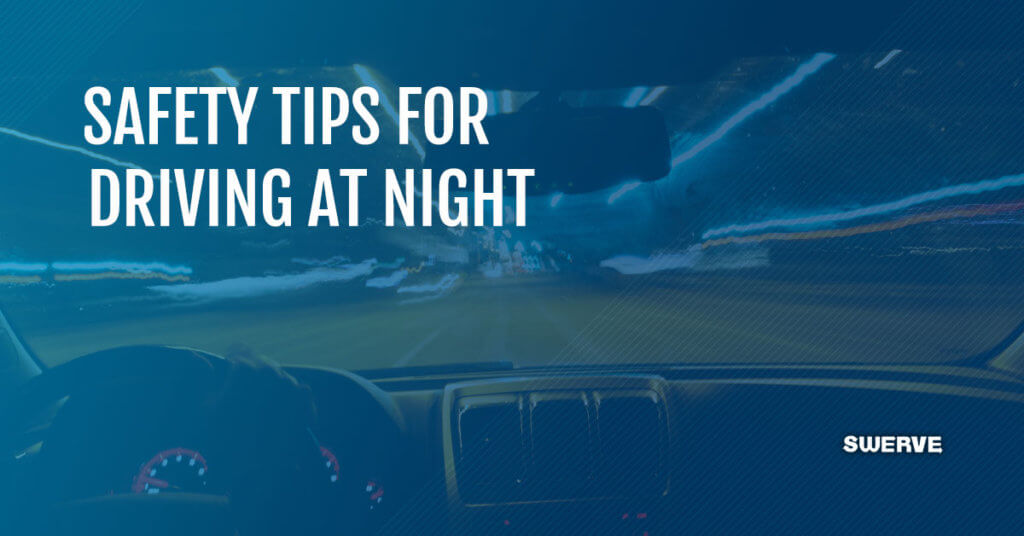Driving in the dark is a necessity for most drivers. From mid-autumn to mid-spring, the daylight hours decrease, and many people are commuting to work and school in the dark. Driving in darkened conditions can be dangerous, adding another layer of complexity to navigating the roads. To help keep you safer on the road, let us look at why it is more dangerous and tips on driving in the dark safely.
The Dangers of Driving in the Dark
The most obvious difficulty the dark gives to driving is limited visibility. When the sun is up, it is easier to see obstacles up ahead and off to the sides of the roads. In the city, pedestrians are harder to see and in stretches of undeveloped areas, deer and other animals are a concern. This isn’t the only limiting factor to vision though. Eyes do not accurately recognize color, have depth perception, or use peripheral vision as well as in the light.
Nighttime Driving Tips
Some simple adjustments to your vehicle and behaviors can help keep you safer.
- Clean your headlights to increase their effectiveness
- Be sure that headlights are adjusted correctly
- Adjust dashboard lights to be visible enough to use in the dark, but not so bright that they are distracting
- If you wear glasses, make sure you are wearing them. Buy a pair or two that are anti-reflective to decrease problems from dashboard lights and headlights around you.
- Keep the windshield clean and free from streaks
- Do not look directly into oncoming headlights
- Drive slower
It is also extra important to stay focused on the road and limit distractions. This includes not touching your phone, eating messy foods, or engaging with passengers in the back seat.
Combating Drowsy Driving
A big problem with driving in the dark is that our brains are programmed to feel sleepier when the lights are off. Incidents of drowsy driving are more common in the dark than during daylight hours. Seeing the glare of oncoming headlights also causes the eyes to feel sleepy because they are constantly being blinded.
Aside from the tips already listed for driving in the dark, it is important to stay awake and alert behind the wheel. Drowsy driving has been shown to be as dangerous as driving under the influence of a substance because it has similar affects like decreased reaction time, slower thinking, and less focus on the task of driving.
To decrease the risk of drowsy driving, consider some of the following ideas:
- Drive well rested by getting enough sleep each night
- Pull over and take a nap in a safe place if you find yourself getting drowsy. Even a quick 15- minute nap can make a big difference.
- Avoid driving during times when you typically sleep
There are also some common ways to stay alert like drinking caffeine, eating crunchy snacks, listening to music, and having a conversation with a passenger. While none of these things should be distracting your attention from the road, they can help keep fatigue away.
Driving at night is an important skill to acquire which is why driver’s education requires nighttime practice hours. With some practice and smart tactics, driving in the dark does not have to be intimidating. Stay safe and use precautions.




